How Hatcheries Make Our Fisheries Stronger [With Capt Patric Garmeson]
- By: Joseph Simonds
- on
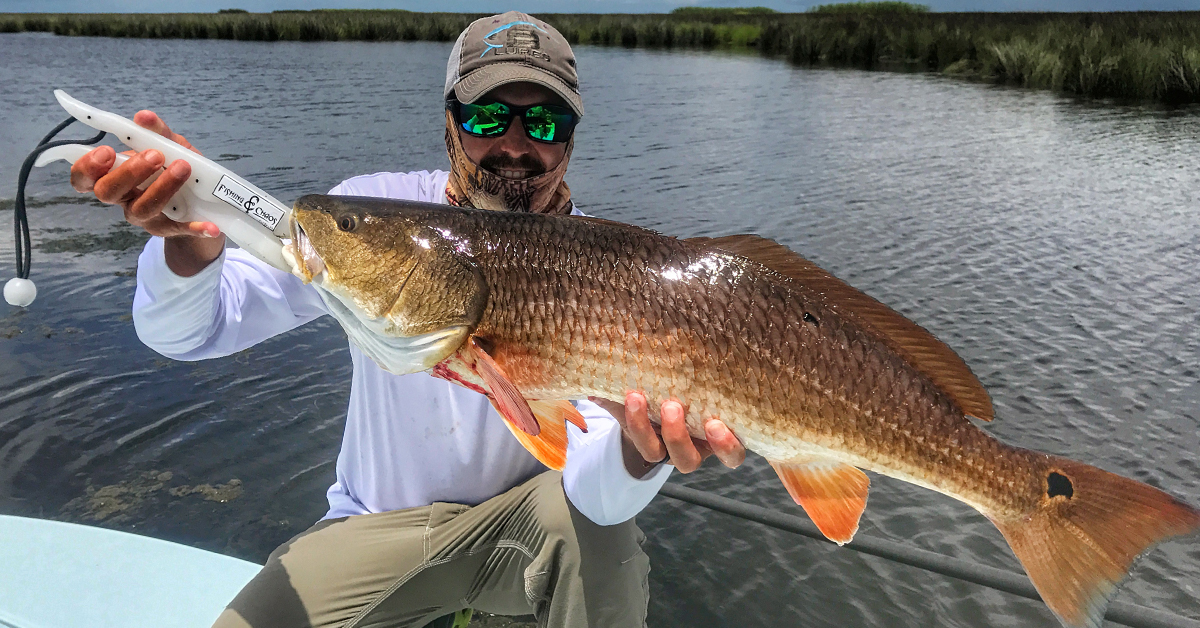
One of the coolest marine conservation programs out there right now is the Alabama Marine Resources Division hatchery program.
This program is responsible for breeding, raising and releasing redfish, pompano, flounder and trout into the inshore and nearshore waters of Alabama.
The hatchery program, like other similar programs across the country, is designed to strengthen stocks of certain fish species to allow their population to flourish in the future.
Hundreds of thousands of fish are released through this program, ensuring Alabama anglers will have ample fishing opportunities for years to come.
These hatchery programs can also help make a weak population of fish more robust — which is what the current Alabama flounder hatchery aims to do.
To give us more info on these programs, we decided to talk to an expert — Captain Patric Garmeson of Ugly Fishing Charters in Alabama.
Captain Patric Garmeson
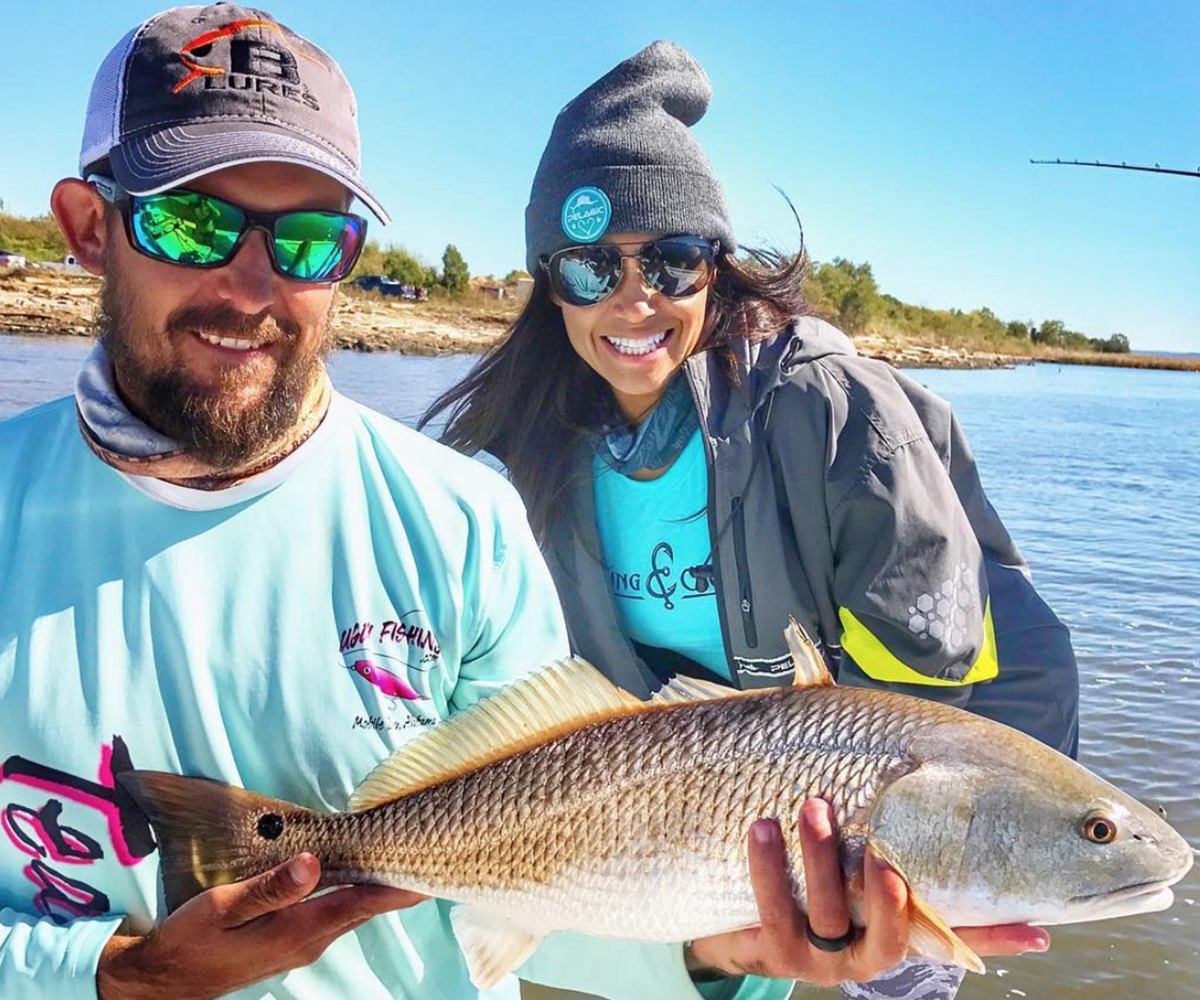
Patric is a Mobile Bay fisherman who lives in Dauphin, Alabama.
He is an excellent inshore fishing captain and is one of the captains for Ugly Fishing Charters.
Patric is very close with the officials at the Alabama Marine Resources Division who run the hatchery program and has done everything he can to support it.
He’s even donated breeder fish he’s caught that the researchers have used as the stock subjects to create the hatchery.
He has also done his best to spread awareness about the program to other fishermen. Patric recently played a big role in helping organize a Mobile Bay fishing tournament that resulted in 30 breeder flounder being donated to the flounder hatchery program.
Patric has even created videos showcasing these hatcheries with a tour of the Claude Peteet Mariculture Center.
This center is used as a tool for recovery and the production site for thousands of Florida pompano and red drum for annual restocking of depleted coastal fisheries in Alabama and the Gulf states.
Check out the hatchery tour on Patric’s YouTube Video below:
In this podcast episode, we examine many subjects regarding fish hatcheries, including:
- How the fish hatchery process works
- How many fish are released through the program
- The future of fish hatcheries and fish stocks
Have any questions or feedback about this podcast episode?
Let us know in the comments at the bottom of the page!
Note: Don’t forget to SUBSCRIBE to the Fish Strong podcast on iTunes or Google Play.
Learn more about the Insider Fishing Club
Captain Patrick Garmeson On The Fish Strong Podcast
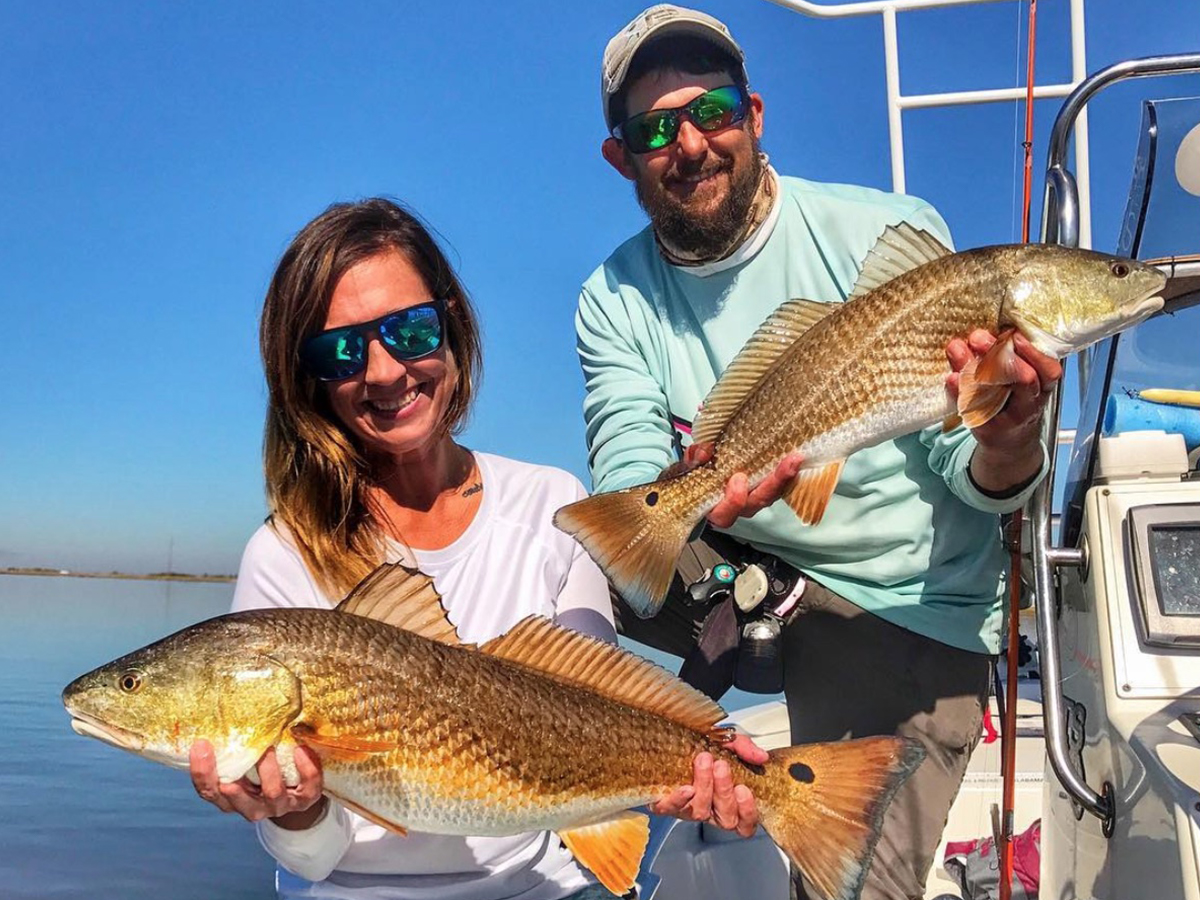
Click the play button to listen right here on our site or click either button below to go directly to iTunes or Stitcher to download the episode.
Note: Don’t forget to SUBSCRIBE to the Fish Strong podcast on iTunes or Google Play.
Learn more about the Insider Fishing Club
How Do Fish Hatcheries Work?
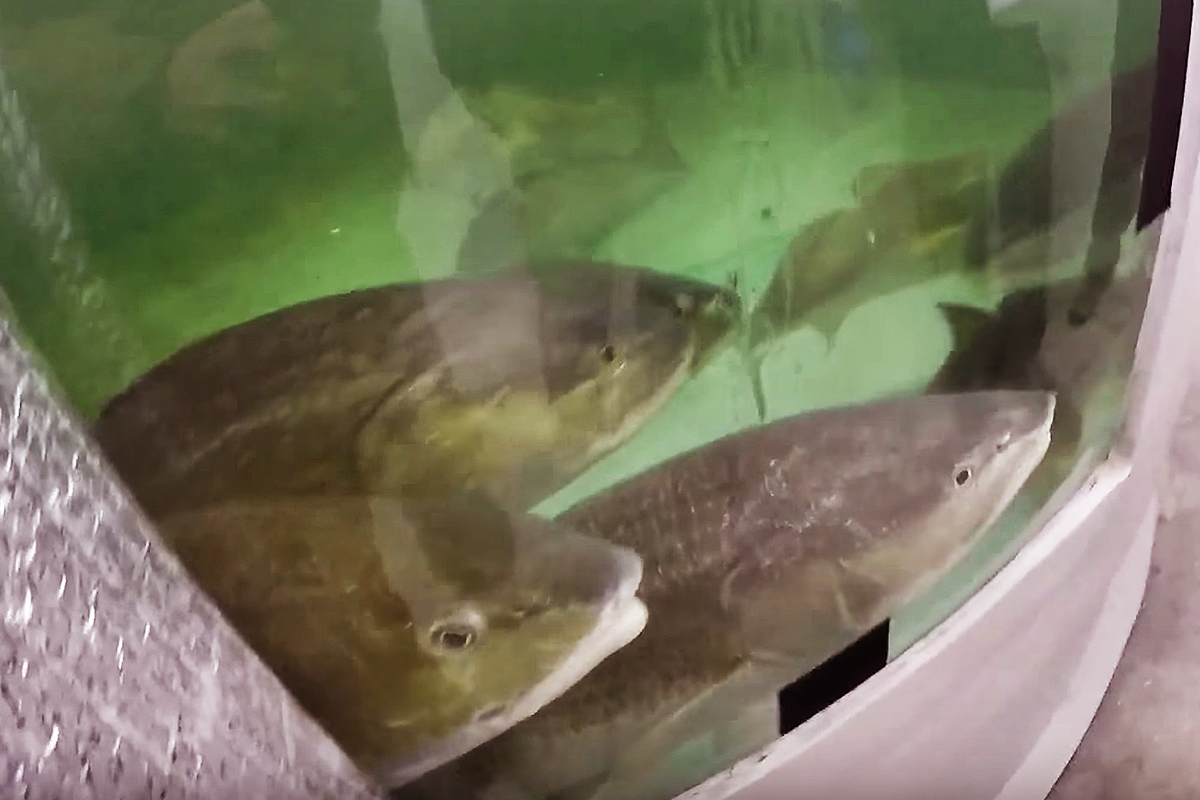
The Alabama Marine Resources Division hatchery programs take wild fish and breed them in labs to be released into the wild.
It starts with the wild fish. Researchers either catch these fish themselves or the fish are donated by recreational anglers.
The fish used for the hatchery are mature, breeder fish. For example, redfish that are 30″ our larger are the target specimens for the redfish hatchery program.
Once the fish have been collected and housed in specialized tanks in the lab, officials simulate conditions that would signal to fish that it is time to spawn.
For example, the redfish in these tanks experience a whole years’ worth of seasonal conditions in just 150 days. This allows the hatchery redfish to spawn twice a year rather than once.
Once the eggs are fertilized, they are collected and hatched in another tank with ideal conditions for the larvae.
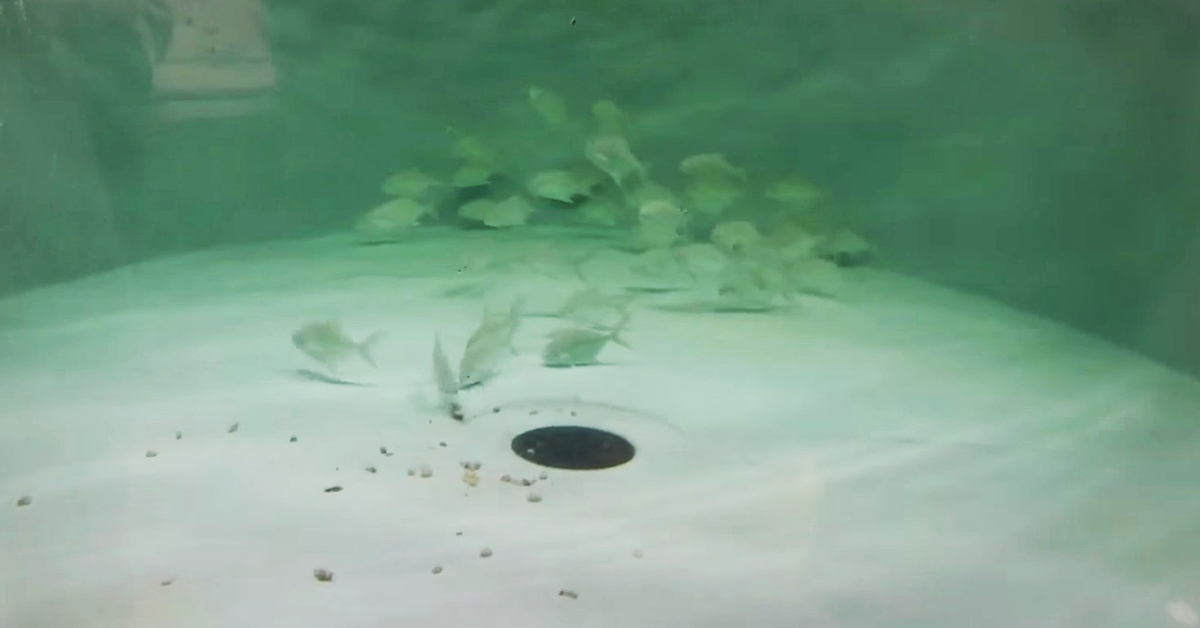
About eight weeks after hatching, the hatchery-spawned fish are released into the wild.
Currently, Alabama has a redfish, flounder and pompano hatchery program and has done work with trout and oyster hatcheries as well.
Learn more about the Insider Fishing Club
Conclusion
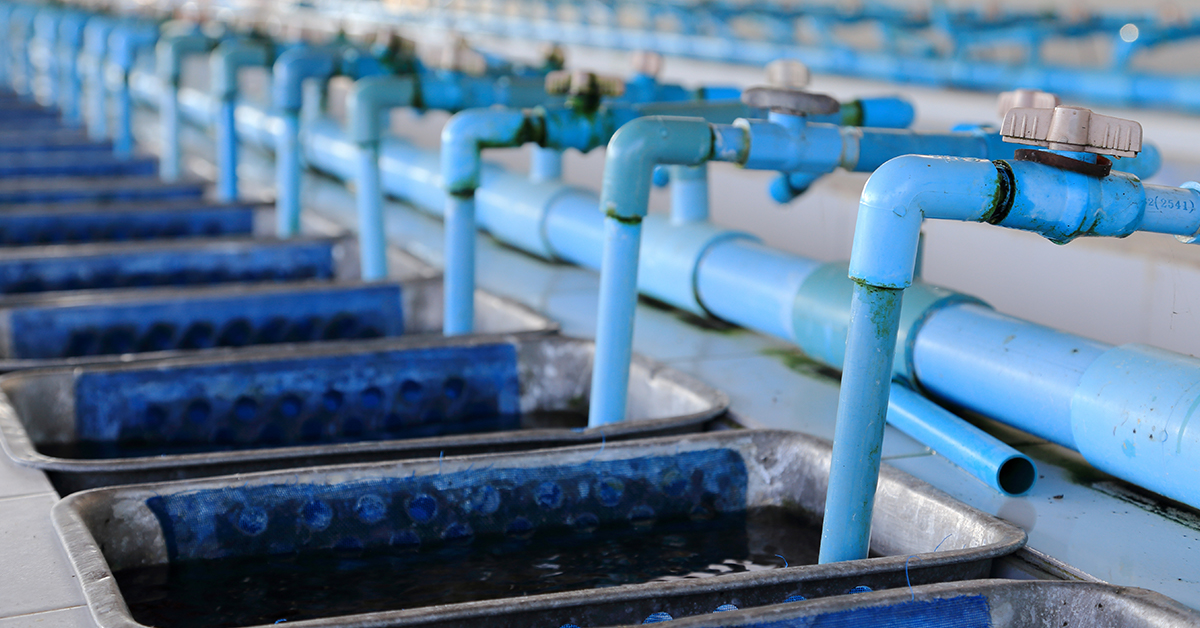
Alabama is not the only state with a fish hatchery program.
Florida, Texas and Mississippi alone have saltwater fish hatcheries in just the Gulf states.
Additionally, almost every state in the country has some sort of saltwater or freshwater hatchery program to ensure stocks of target fish species are healthy and sustainable.
To learn more about the Alabama hatchery programs, check out the Alabama Marine Resources FaceBook page.
Click here to see Captain Patric’s YouTube channel.
You can also see the Ugly Fishing Charters website here.
If you have any questions about this episode or post, let us know in the comments!
Tight Lines!
Related Posts:
1. These Flounder Fishing Tips Could Be The Best Ever (With John Skinner)
2. Florida Redfish vs. Louisiana Redfish [VIDEO]
3. The Top 10 Tips to Catch Big Trout in the Surf [With Kayaking Kennedy]
Then you’ve got to see this private fishing club! Here’s what you’ll receive today:Do You Want To Quickly Find New Fishing Spots In Your Area?
Click here to join today.
Related categories:
STOP WASTING TIME ON THE WATER!
Do what the “SMART ANGLERS” are doing and join the Insider Club.
Here’s what you’ll receive today when you join:
- Weekly fishing reports and TRENDS revealing exactly where you should fish every trip
- Weekly “spot dissection” videos that walk you through all the best spots in your area
- Exclusive fishing tips from the PROS you can’t find anywhere else
- Everything you need to start catching fish more consistently (regardless if you fish out of a boat, kayak, or land).

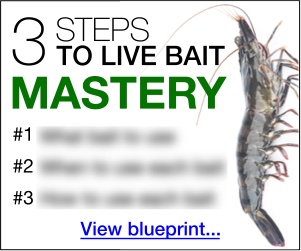




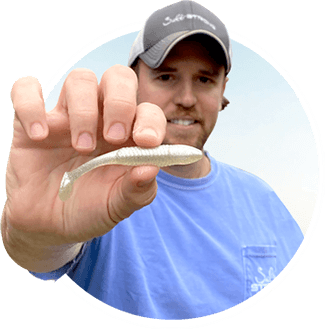
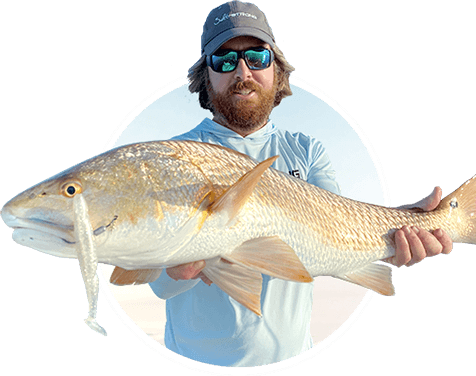
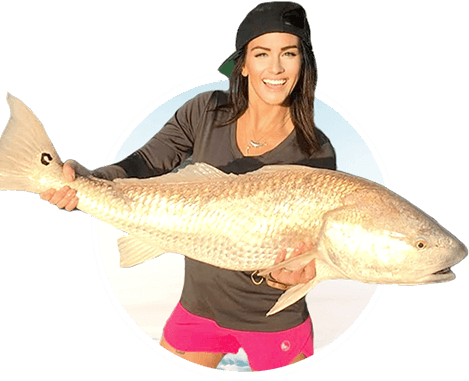
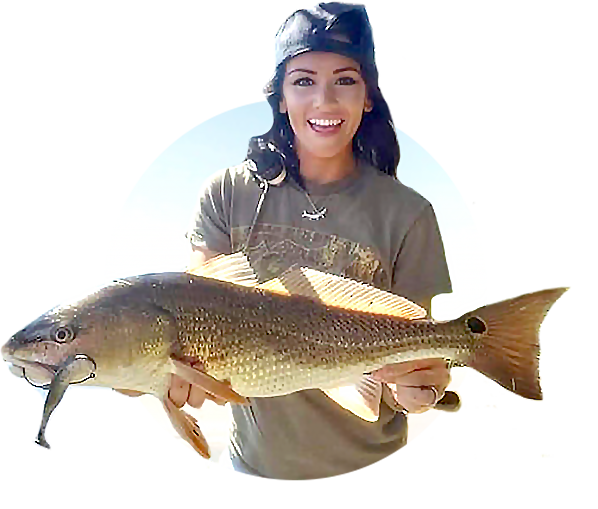
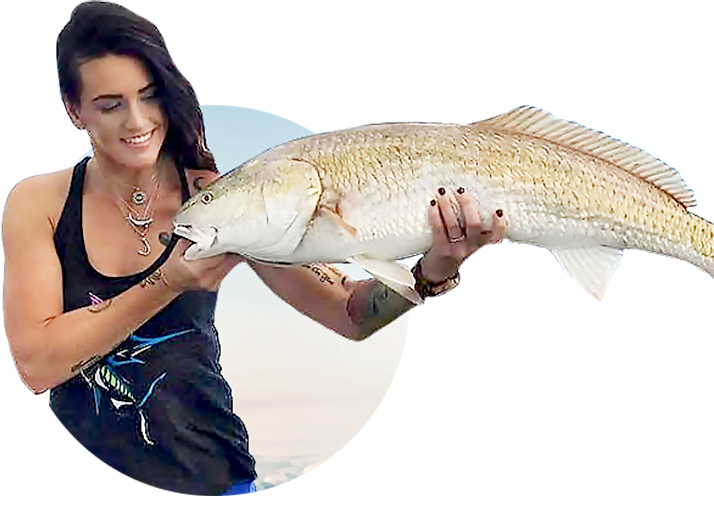
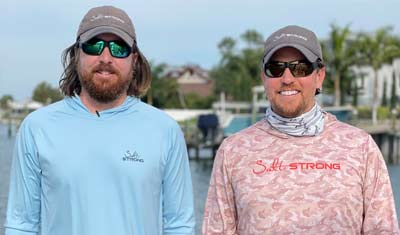
Excellent video, very impressed with the staff at the facility. Makes me want to check out what NC does on fish hatchery.
Does Florida have a similar fish stocking System? Alabama has overtaken FL as far as Red Fish quality and quantity. Is Florida following this same stocking program AS A MODEL?
Thanks, I really enjoyed this learning experience.
Cool! I recently toured Sea Center Texas in Lake Jackson, TX where the have redfish, speckled trout and flounder hatcheries. I encourage people to take tours, where possible, to learn more about the programs and help support them! Thanks for sharing!
Great job to all involved and thank you for the knowledge you shared
Thanks for tuning in, brother Charles!
Very nice !
Thank you, Bob! Tight lines!
Yea great article and man are you guys going to need help from a hatchery just to replenish all the dead fish from the red tide there on your side of the pond sad year indeed on the Atlantic side we here in northeast fl rarely get a red tide which to me is strange considering our water here gets in the 90s plenty hot to create a bloom anyways thanks for the article and all you guys do????
Here in Englewood Fantastic care of our fisheries, we sure need it with the Red Tide in Englewood killing tons of fish Daily . It is the worst Red Tide I have seen in 20 years. One can not go to the beach yet . Summer was a complete wash out due to Red Tide Here. Seems no one cares.
Greed will kill us all . Red tide Is the start. It is not going away now.
Best Regards
John